What to Expect During a Hearing Test
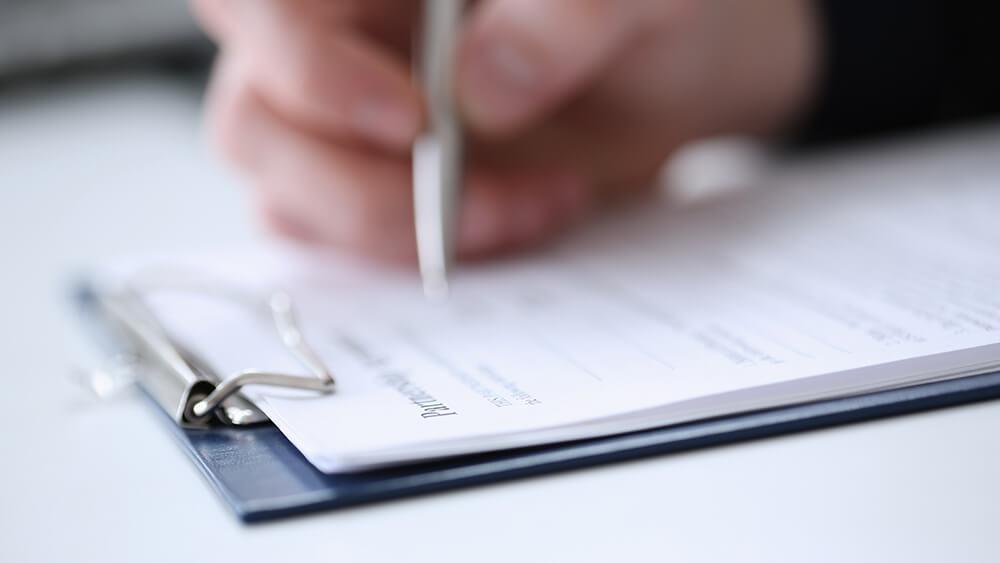
Step 1
A hearing health history form is filled out, including HIPPA compliance and insurance records release forms.
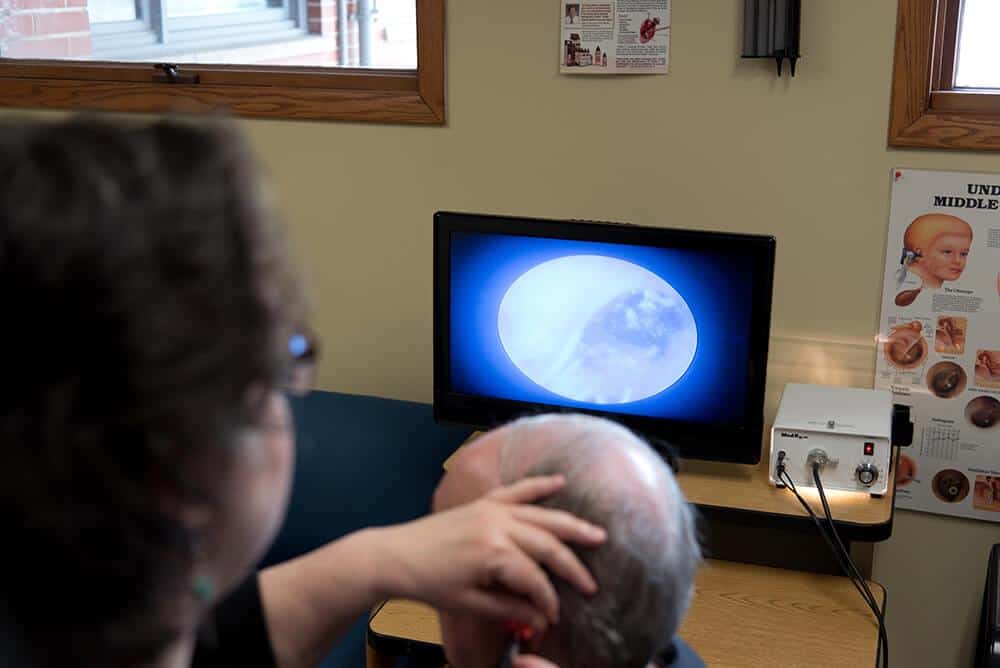
Step 2
Ear Examination: Our Specialist uses a video-otoscope to examine the ear canals. The patient gets to see what the specialist is seeing on a TV or monitor. The ear canal is examined to see if there is a cerumen (wax) impaction, infection, deformities, perforations in the tympanic membrane (ear drum), or any other conditions that might indicate that a medical referral is in order. If the video-otoscope is unavailable then the hearing professional will examine the ear canal with a hand held otoscope.
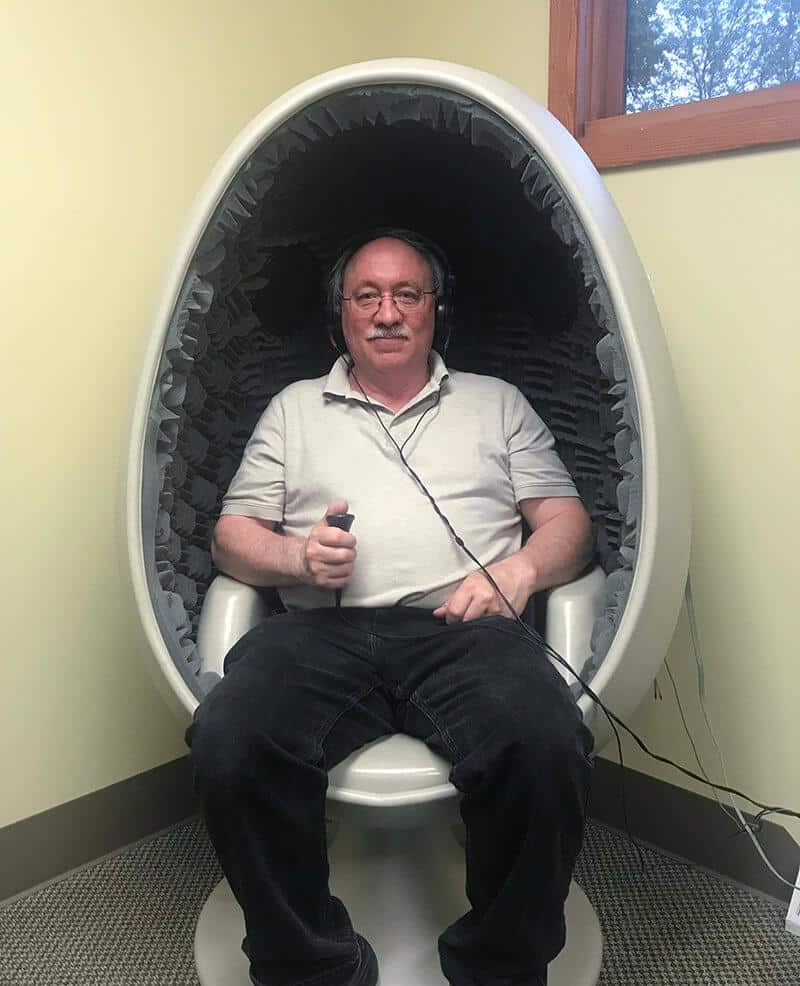
Step 3
A standard hearing test consists of several steps:
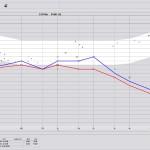
Complete Hearing Test
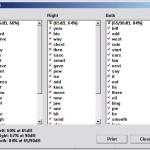
Speech Discrimination Score

Speech Reception Threshold
Step 4
The test results are explained and recommendations are made for either hearing aids or physician referral.
Step 5
The following Red Flags have been established by the FDA to help determine whether a physicians referral is in order:
